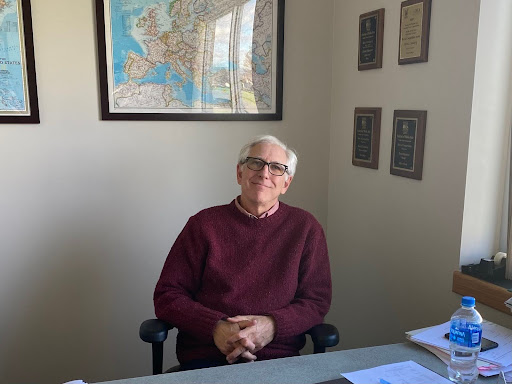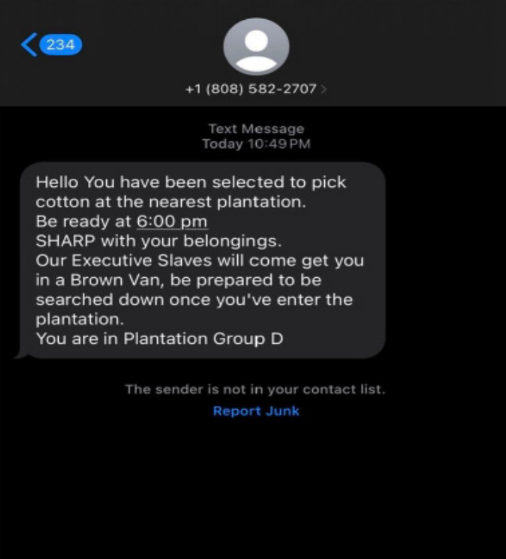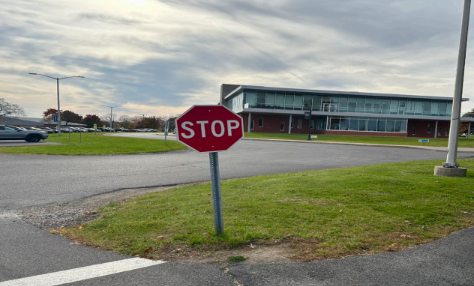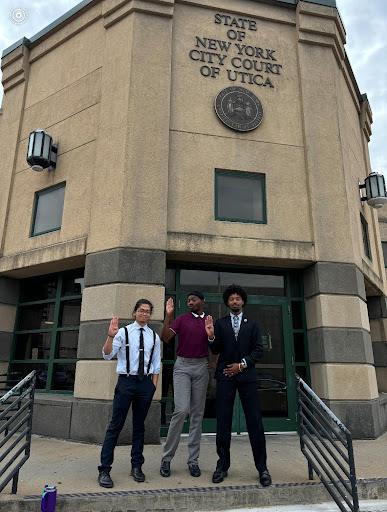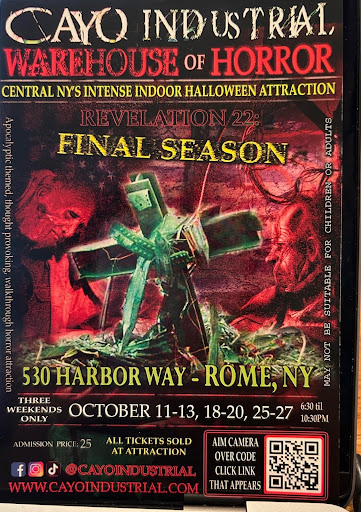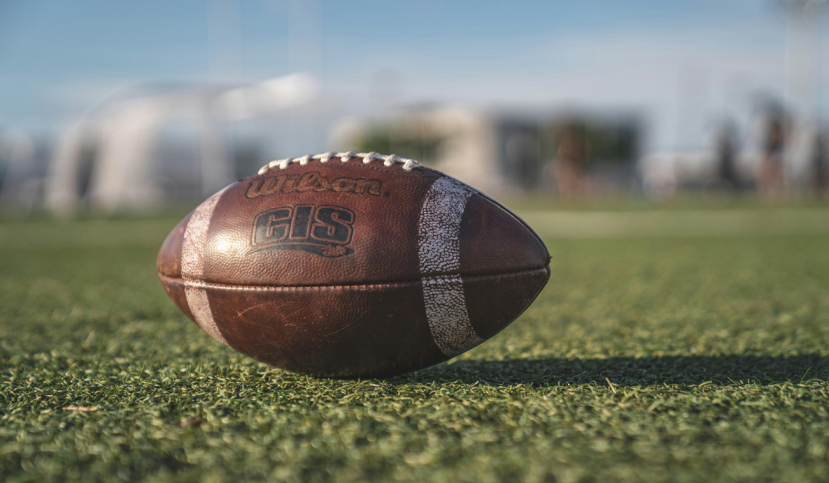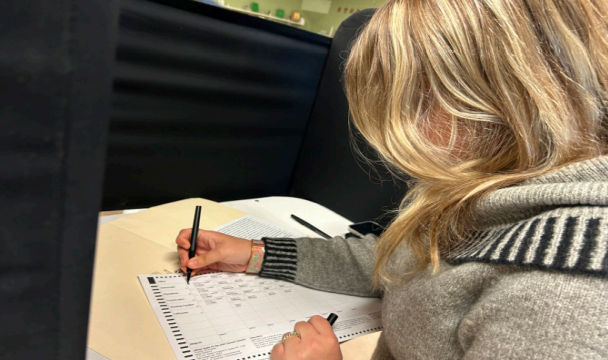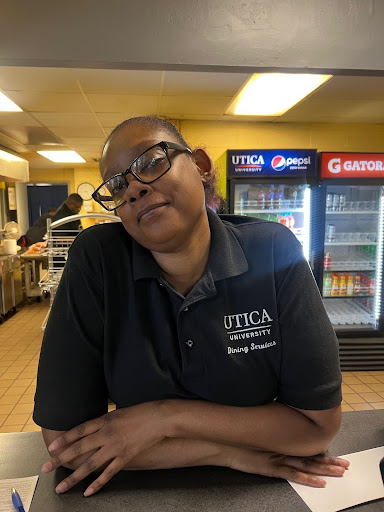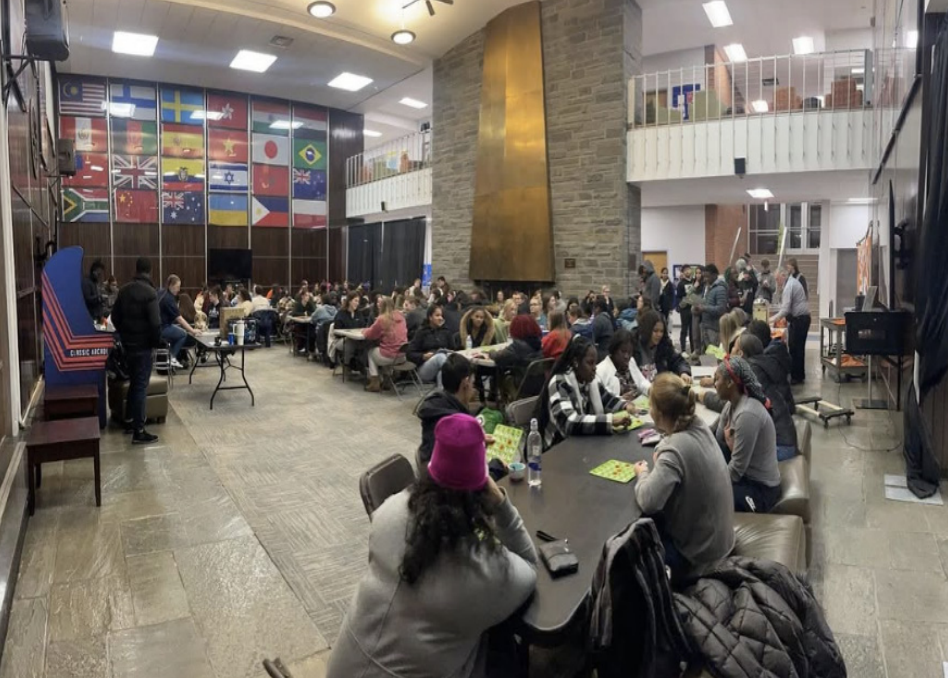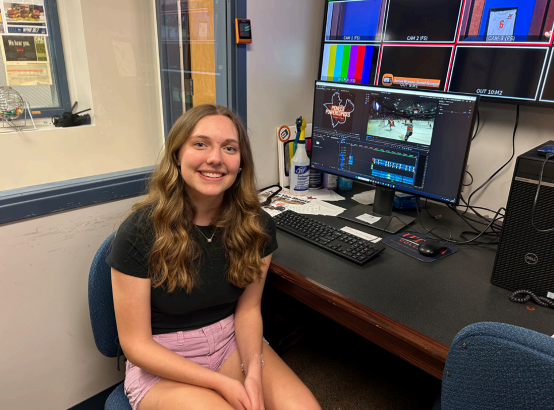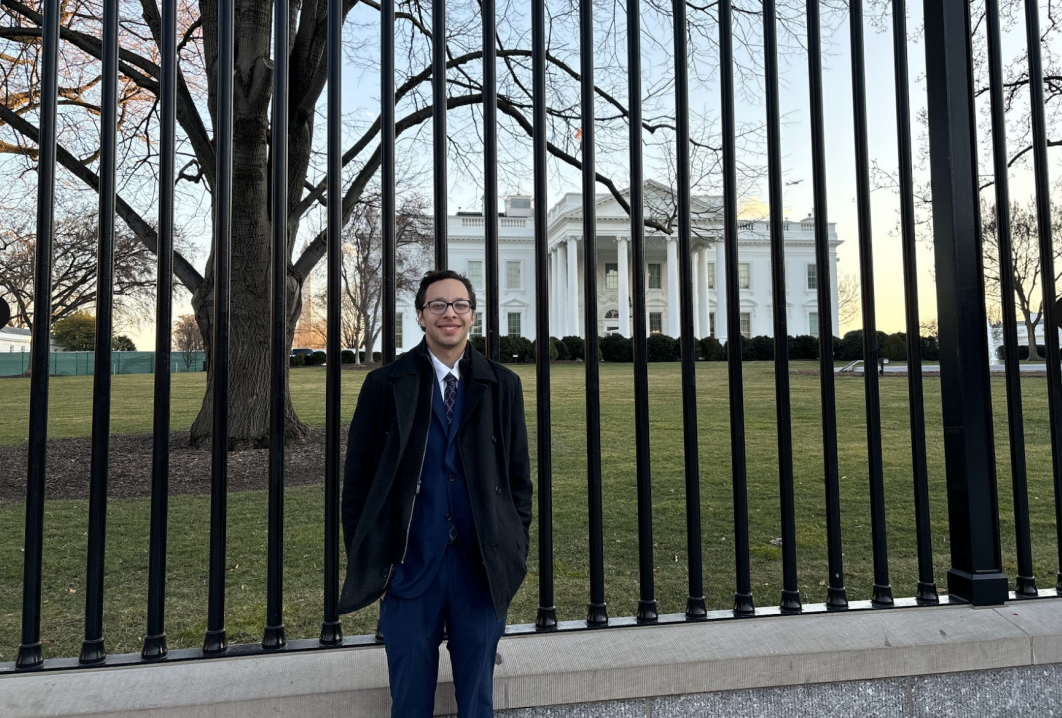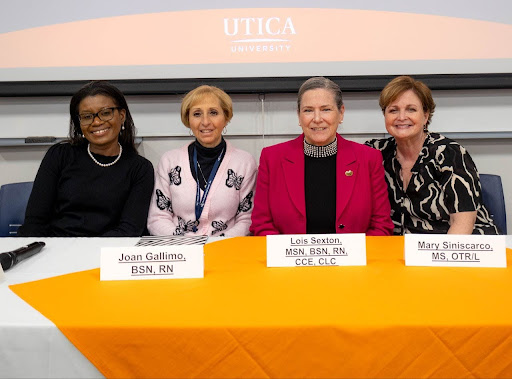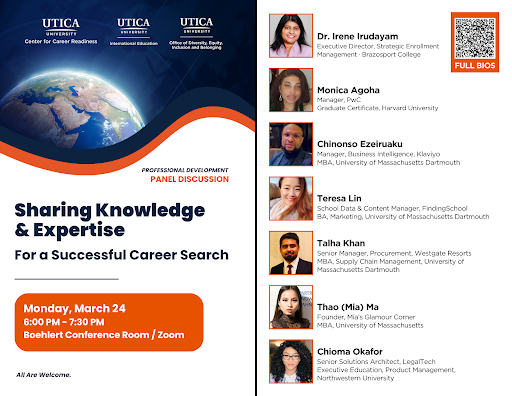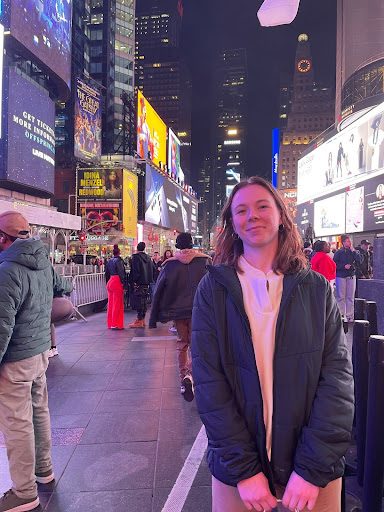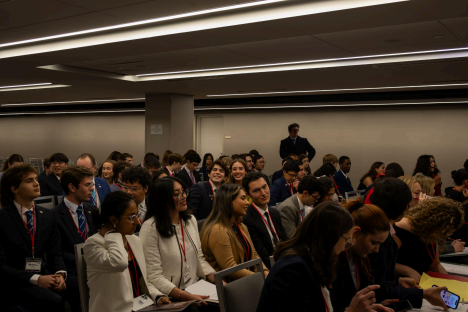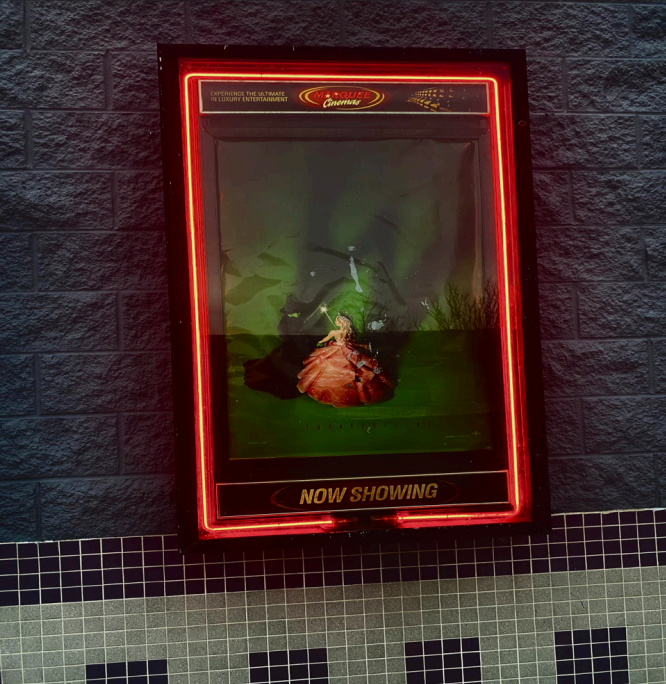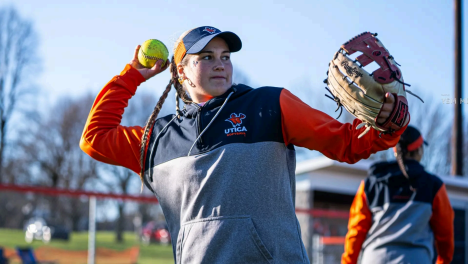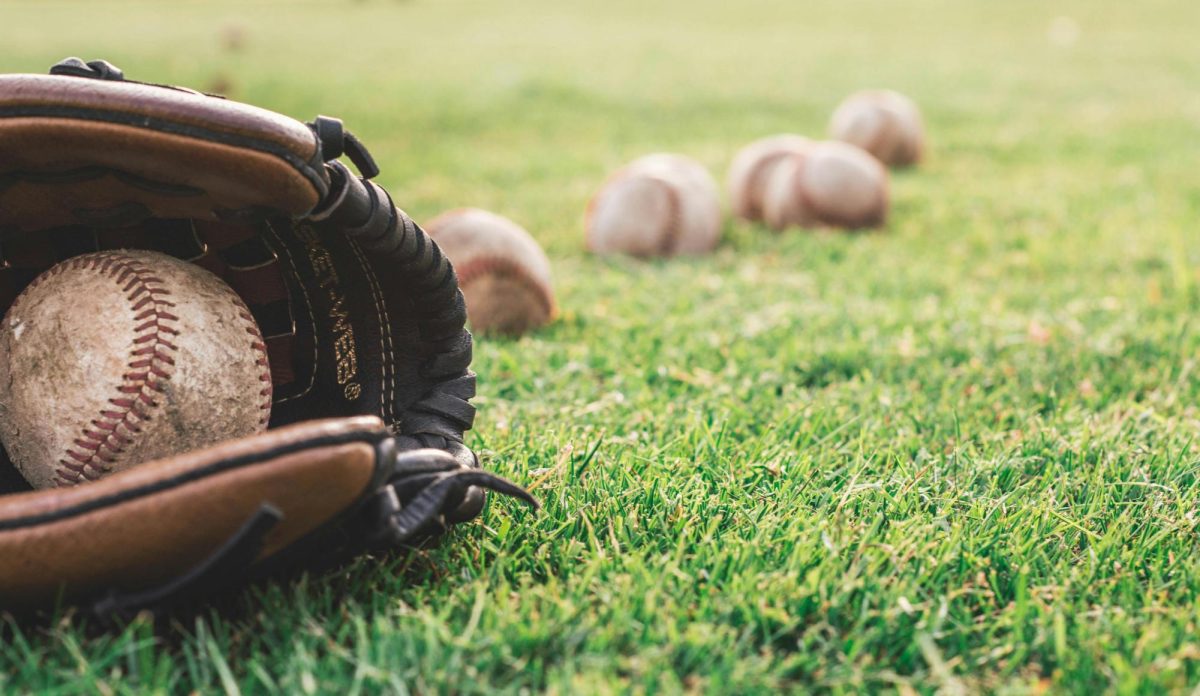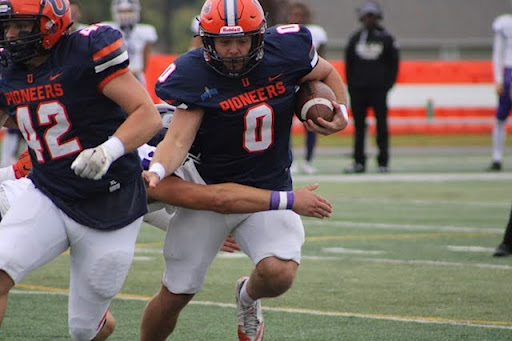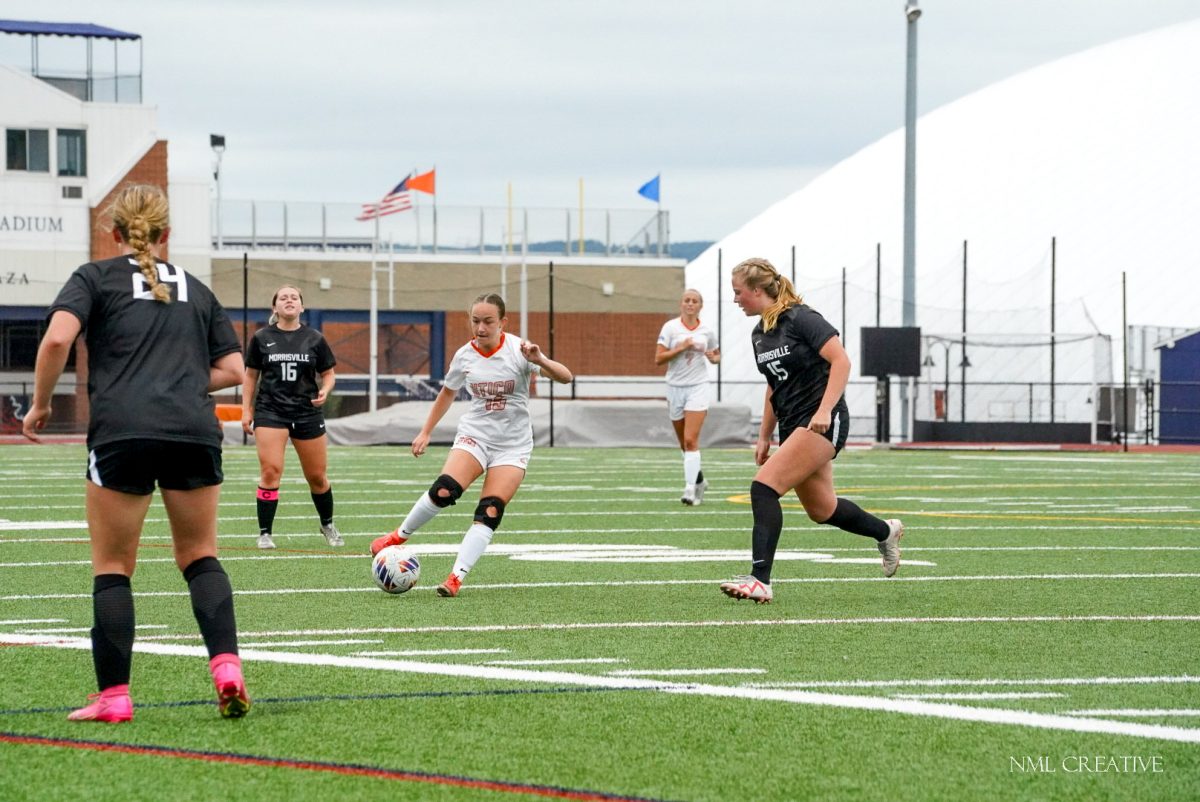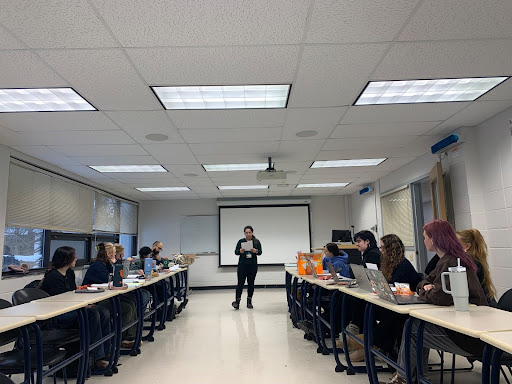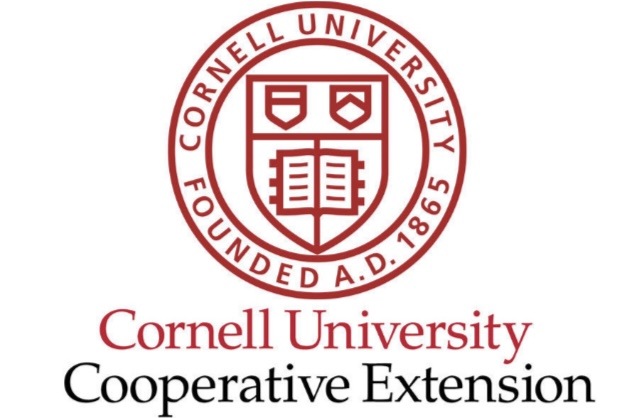Q&A: Colleen McEwen Ag in the Classroom Educator for the Cornell Cooperative
January 27, 2023
Q: Tell me a little bit about yourself
A: I grew up in Verona, New York. I went to Vernon Verona Sherrill High School and graduated from there. Then I went to SUNY Geneseo and I got a degree in Biology with a minor in Chemistry. I was able to graduate with honors. Following that, I worked at the St. Luke’s lab in Utica for a little while before I had a career shift from working just in labs to working for Cornell Cooperative Extension as an Agriculture (Ag) Educator and that’s where I am at right now.
Q: Can you elaborate more on your teachings as an educator?
A: Yes, I talk a lot about farming. I started off here just as a dairy educator and I only talked about dairy farming. My uncle has a dairy farm, so I grew up around it and it has helped a lot with teaching young kids about it. Then in September or October, I was able to teach any subject in agriculture from drones to bees to goats. All sorts of stuff, it’s lots of fun.
Q: What is your affiliation with Cornell University?
A: I work at Cornell Cooperative Extension which is an off-shoot of Cornell University and there is a Cooperative Extension in each county in New York. These extensions bring resources/research from the university to local areas where it can really be used. That is why there is one in every county because you can tailor what’s coming out of the university specifically for people in the county. Cornell is a huge agriculture school and upstate New York is a very agriculturally dependent place. It helps people that live in smaller towns have access to resources from the university without having to go all the way to Ithaca. I think that there are extension offices pretty much in every state through different universities and that’s a really nice thing.
Q: When did your passion for agriculture start?
A: Just when I was a kid, I have always liked it. My dream is just to live on a small farm like that’s what I want to do, but there are some things that just need to happen first.
Q: What is the step-by-step process for making cheese and ice cream from scratch?
A: Yes, let’s start with ice cream.
- You’re going to want heavy cream or half and half or whole milk. You can use any of those, but you do not want anything with low-fat content or else it won’t work. So, heavy cream and a whole milk mixture is usually what a lot of people use. You’re also going to want sugar and vanilla. Basically what you’re going to do is mix all of those together and then there are a couple different ways that you can get it to freeze.
- You want to get it to freeze well while turning it so that it can turn into the consistency that we are looking for. At work here we have a freezer bowl like an ice cream machine. With a freezer bowl, you just put it in the freezer and it gets much colder than what ice would be.
- Then you take it out and put your cream in it and turn it around using the paddles that help incorporate the cream while it freezes. There is another way if you don’t have an ice cream maker, you can do it at home. You can just put ice and salt in a big bag (zip-lock bag) and salt makes the ice into a slushy mixture. This result is going to be a lot colder than just 32 Fahrenheit degrees.
- Next, you would put your cream mixture, your sugar, and vanilla in a little bag (zip-lock bag) and put that in your bag of ice and salt. Then you just shake it up and as the cream freezes it will be turned because you’re shaking it and you can eat it right out of the bag. This is what I do in a lot of schools.
Step by step on making cheese
- You’re going to start with just whole milk and that’s really all that you need as far as dairy products go. But, you’re also going to want a bacterial culture or some kind of acid. However, in other kinds of cheeses, they put in a bacteria culture. As the bacteria grows or reproduces it’s going to be using the lactose found in the milk to produce lactic acid and it’s really important that your milk gets acidified.
- Then we will have a lot of solid chunks of surds and a whole bunch of liquid whey, so the next step would be to drain the whey away. At this point, you will just be left with the curds. If you are at home you have the option to put them in the microwave and mix them with salt. If you made mozzarella you want to make sure to stretch it because one of the characteristics of good mozzarella cheese is the stringiness. Overall, the cheeses will be somewhat of a dough texture and as soon as it is cool you can eat it because it is fresh cheese and you don’t have to age it at all. There is no bacterial culture and as the cheese ages that bacteria will grow and change the flavor making it a lot more complex. But, with fresh cheese, you don’t have to do any of that. Typically, mozzarella cheese takes about an hour in the classroom and it’s usually pretty fun.
Q: With inflation on the high rise right now would you recommend that people make these dairy products on their own?
A: It depends on what kind of materials that you use because in order to get high-quality cheese you need to use high-quality milk. That is going to cost a little bit more either way, so it depends on what you’re going for. Is it cheaper to buy just heavy cream versus butter? I am not sure that there is so much of a difference. Like I usually don’t make these things for myself at home. I do sometimes or occasionally if I want something special. Between cost and labor, you need a lot of time for this process. If you are a busy person then I wouldn’t recommend it but if you want something to do then yeah it’s a really fun thing and it really should not be too much of a cost difference. Maybe a little bit cheaper
Q: What is your take on the current agriculture system in America and the use of GMOs (Genetically Modified Organisms)?
A: A lot of farmers use GMOs especially with corn and stuff like that to feed their cows. GMOs are not a bad thing because we have genetically modified organisms that can grow in harsher environments, produce more fruits/vegetables, and GMOs are one of the main reasons that we are able to feed so many people. We just have an increasing population and we are able to keep up with the increasing population because we have these foods that can grow in harsh climates, produce a lot of fruits and be resistant to all sorts of diseases that can wipe out a crop. We have all heard about the Irish potato famine, but that is not going to happen these days because of GMOs. Just because it’s genetically modified doesn’t mean that it’s necessarily been done in a lab. I mean you can genetically modify plants just by selectively breeding and that’s what’s happened with alot of species. People have been genetically modifying organisms for centuries and centuries. It’s just kind of like a natural process that’s going to happen. As far as the state of agriculture in America, that is a difficult question to answer since there are alot of different branches of agriculture. There is a lot of really great development in urban agriculture with a lot of new technologies coming out and that’s really helping farmers to produce more and grow their business. The regulations, however, specifically in New York State are very strict. While the regulations might initially try to help keep food safe it’s kind of stifling in some ways because it’s not allowing people to just work the land and do what they love, but instead, they have to worry about making sure that everything is just legally perfect. In the end, it’s kind of like a mixed bag. There are a lot of great things happening for sure.
Q: How did the pandemic impact the way that the U.S. grows their agriculture?
A: The biggest thing that I can think of on a local level was that since a lot of students were out of school and businesses were shut down for a while, farmers had to start dumping milk during the pandemic. So, a lot of farmers turned to producing their own milk like pasteurizing and homogenizing their own milk. Making kind of like their own local creameries around whichd has been great because that’s an increase in direct exchange with consumers. It doesn’t have to go through a whole industrial process. However, one of the bad things is that there was a decrease in demand, so a lot of farmers were really struggling during the pandemic. A lot of them adapted and it’s pretty neat how things have changed because there are a lot more grassroots now if you know what I mean.
Q: What advice would you give to college students regarding their nutritional diets?
A: Knowing where your food comes from is probably the most important thing. If you’re just getting something from the store or whatever and you have no idea what’s in it you do not know what effect that’s going to have on you. You don’t know how much processing the food has had. All of our food comes from either nature or a farm. Everything that the food item goes through from getting from the farm to your table to which we want to kind of eliminate the “in-between” stuff as much as we can. I would say that that’s going to be your healthiest option, not cutting anything specific out of your diet, but just making sure that it’s not so processed. It’s more so growing your own tomato and then picking it and eating it. It’s going to be the best source because you really know what’s going into that food.
Q: West Utica has been labeled a “food desert” How do you feel about this label and what steps would you take to overcome this issue?
A: This is a tricky question because food deserts specifically relate to proximity to a grocery store. I don’t know if the definition perhaps would change, but what you could do would be to set up a market where people can buy fresh produce, wholesome meats, and stuff like that. If it’s grown locally then that’s even better. I would probably recommend setting up a market where people buy food instead of trying to bring in a grocery store because that would take a lot more doing than just setting up a local market. Vendors can come in and sell their wares, that would not only help the people that live in the area who don’t have access to food, but it would also help local producers sell what they are making. It would just boost the local economy all around and it would just be a more direct consumer exchange rather than having to go through that middle man again. I don’t know if that would change the “food desert” designation. I am not really sure about that, but it would reduce the issue at any rate which is a more important thing.
Q: What is your final message or word of advice to the Utica University Community?
A: Just to know and appreciate where your food comes from like it takes a lot of people to get milk from a cow, all the way to the store or the dining hall, etc. Just like knowing that everything that you eat comes from a farm and just to really appreciate that. That would probably be the biggest takeaway. Just like knowing and appreciating.

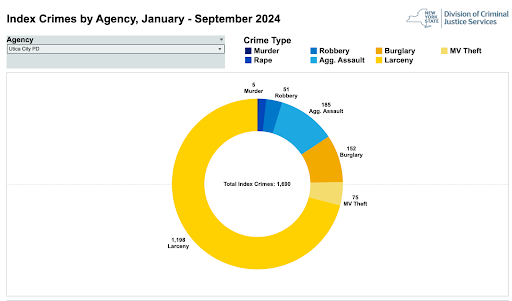



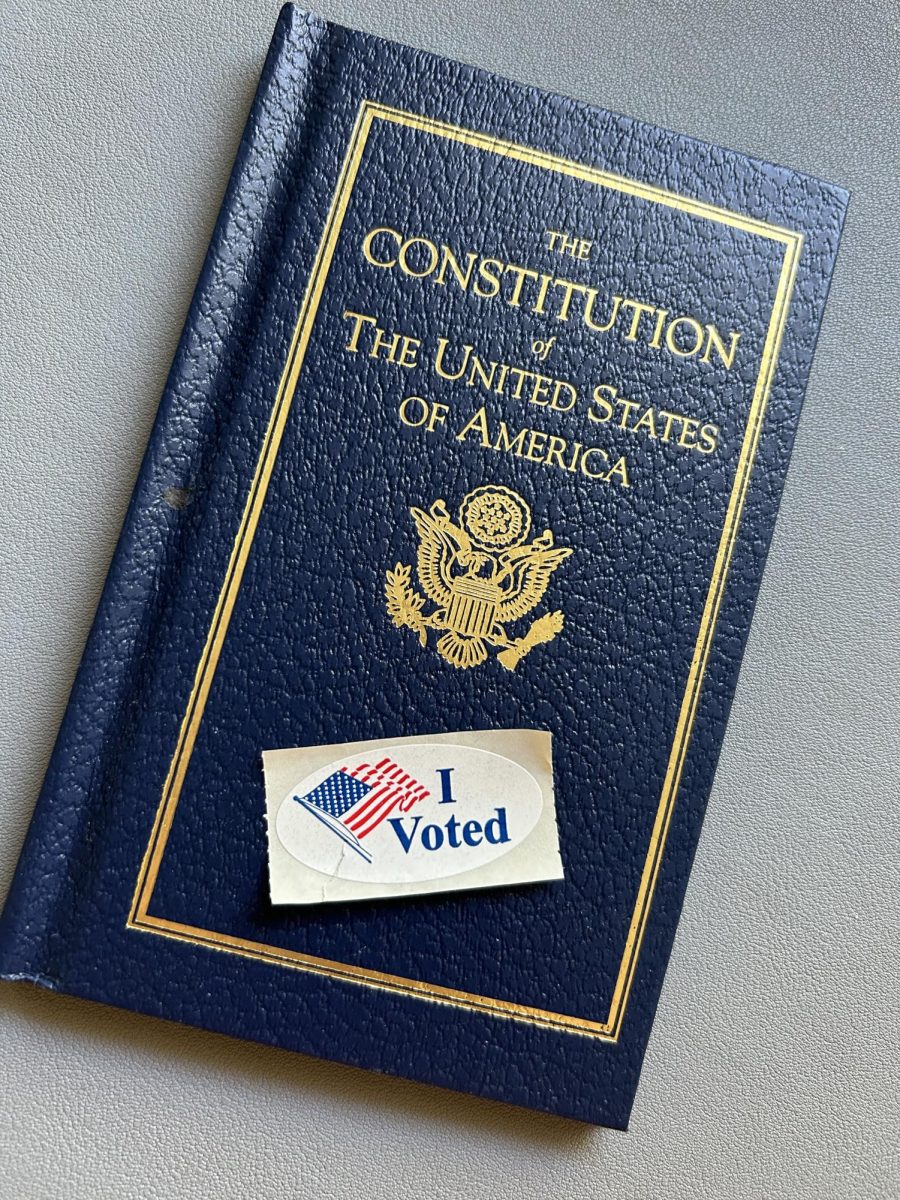

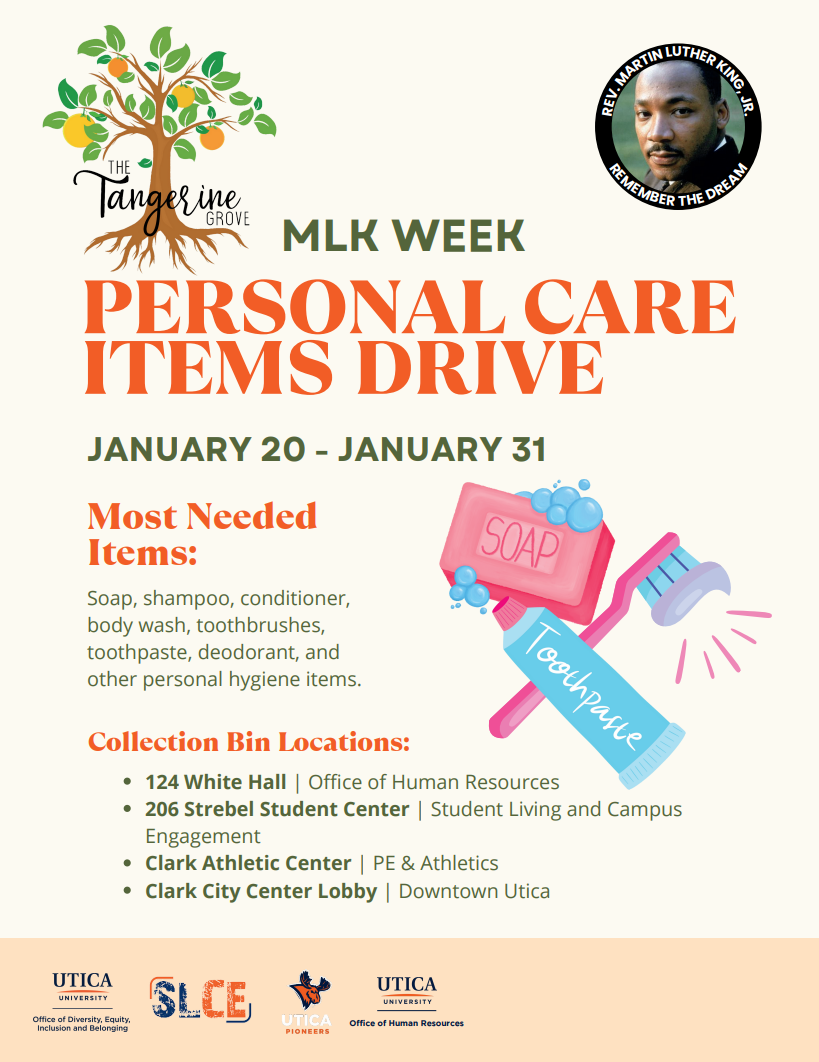






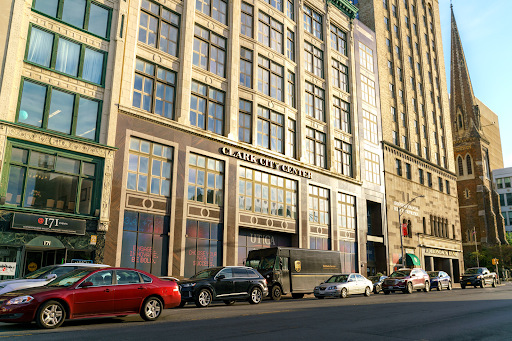
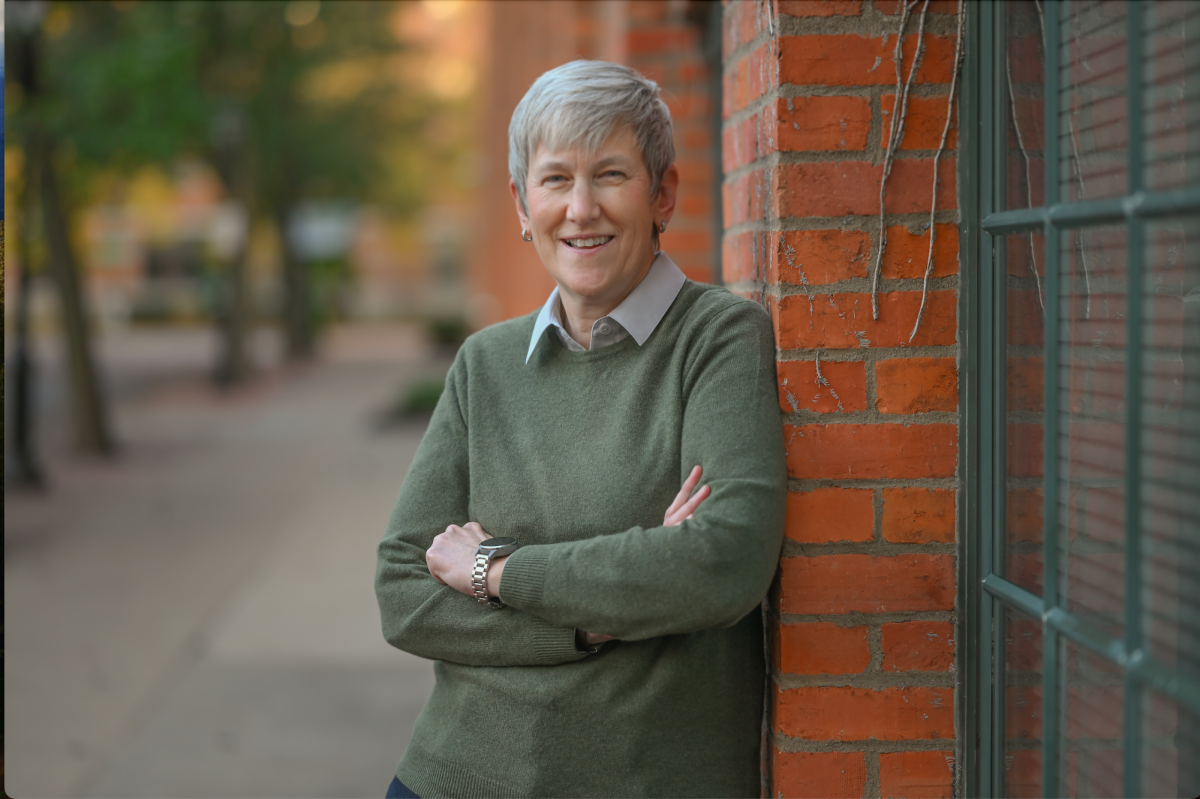


![President Todd Pfannestiel poses with Jeremy Thurston chairperson Board of Trustees [left] and former chairperson Robert Brvenik [right] after accepting the university's institutional charter.](https://uticatangerine.com/wp-content/uploads/2023/10/unnamed.jpeg)
